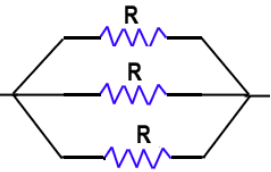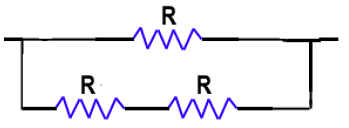BPSC Practice Test- 1 - BPSC (Bihar) MCQ
30 Questions MCQ Test - BPSC Practice Test- 1
Which of the following is one of the key objectives of Bihar Business Connect 2024?
What significant reform has the Bihar government implemented to improve the ease of doing business?
Consider the following statements about methanol:
1. Methanol is regulated under Schedule I of the 1989 rules.
2. Methanol is synthesized using carbon monoxide and hydrogen.
3. Methanol exposure leads to metabolic acidosis and optic nerve damage.
Which of the above statements is/are correct?
Consider the following statements regarding PM Vishwakarma scheme.
- PM Vishwakarma scheme aims to help traditional craftspeople and artisans by providing interest-free loans.
- The scheme also aims at improving the quality, as well as the reach of products and services of artisans and craftspeople.
- The scheme covers rural and urban areas across India.
How many of the above statements is/are correct?
Consider the following statements about lightning incidents in Bihar:
Bihar records the highest number of lightning-related deaths in India annually.
Cloud-to-ground (CG) lightning is the most dangerous type of lightning causing fatalities.
Bihar Economic Survey reported more than 400 lightning-related deaths in a single year.
Which of the above statements are correct?
Consider the following statements about Waqf Board properties in India:
Waqf properties are non-transferable and perpetually designated as charitable acts.
The Waqf Amendment Bill, 2024 mandates the inclusion of women representatives in Waqf Boards.
The Central Waqf Council is one of the largest landholders in India after the Railways and Defense Departments.
Which of the above statements are correct?
What is the maximum number of different electrical combinations possible with three equal resistances?
If the earth stops rotating, the apparent value of g on the earth surface will
If the potential difference between the end of a wire of fixed resistance is doubled, by how much does the electric power increase?
Which factor is responsible for the initiation of replication in DNA?
























